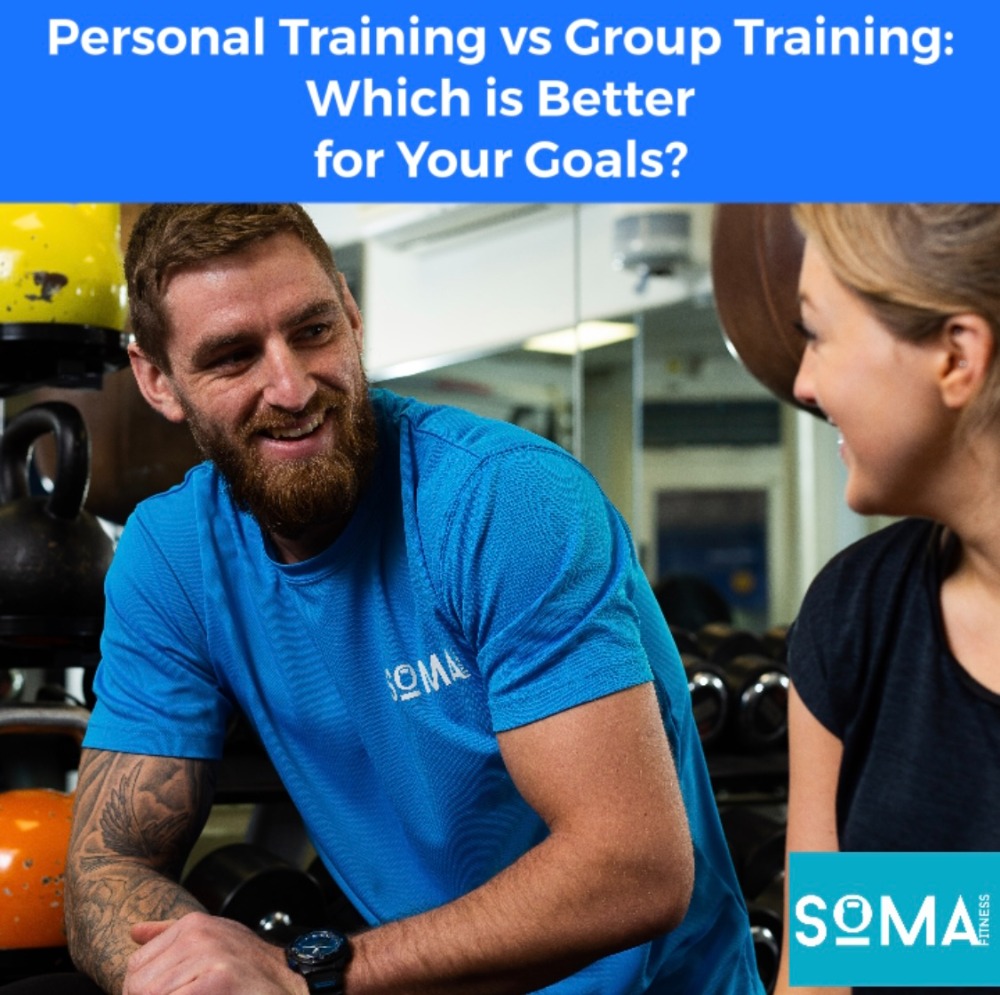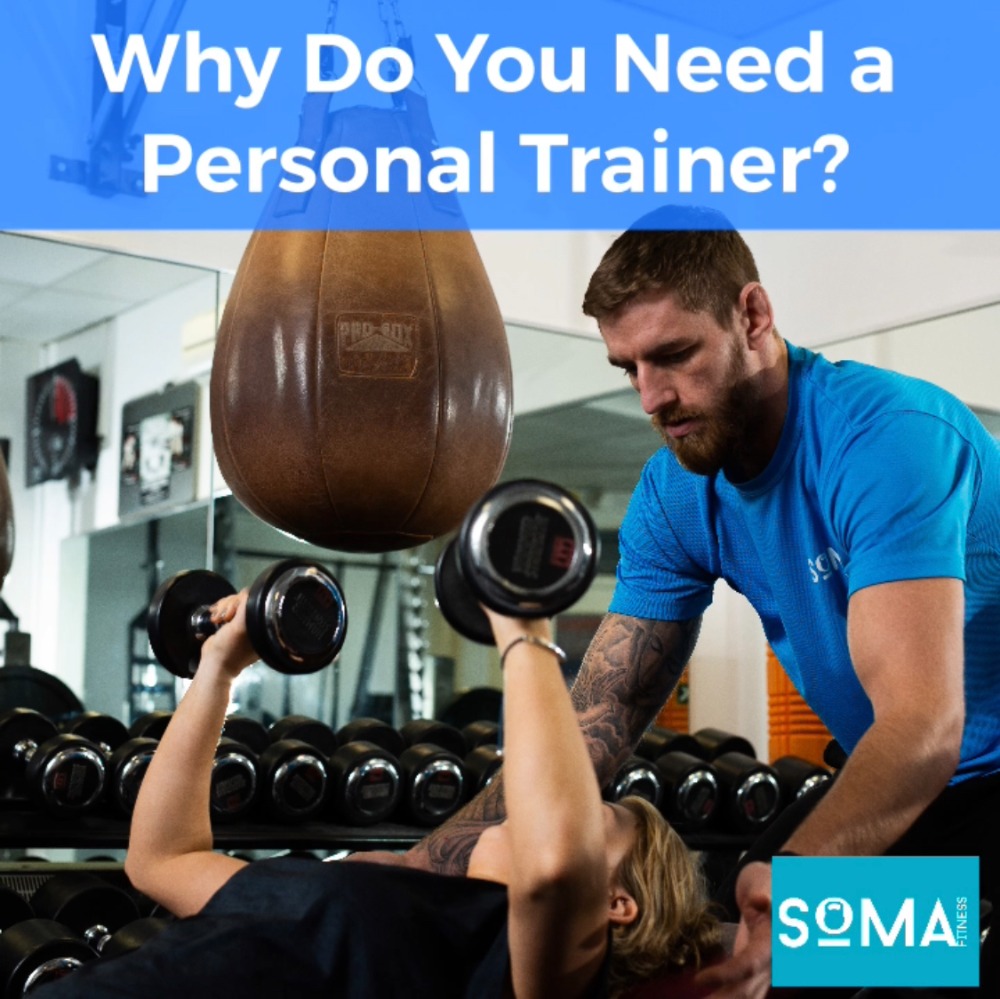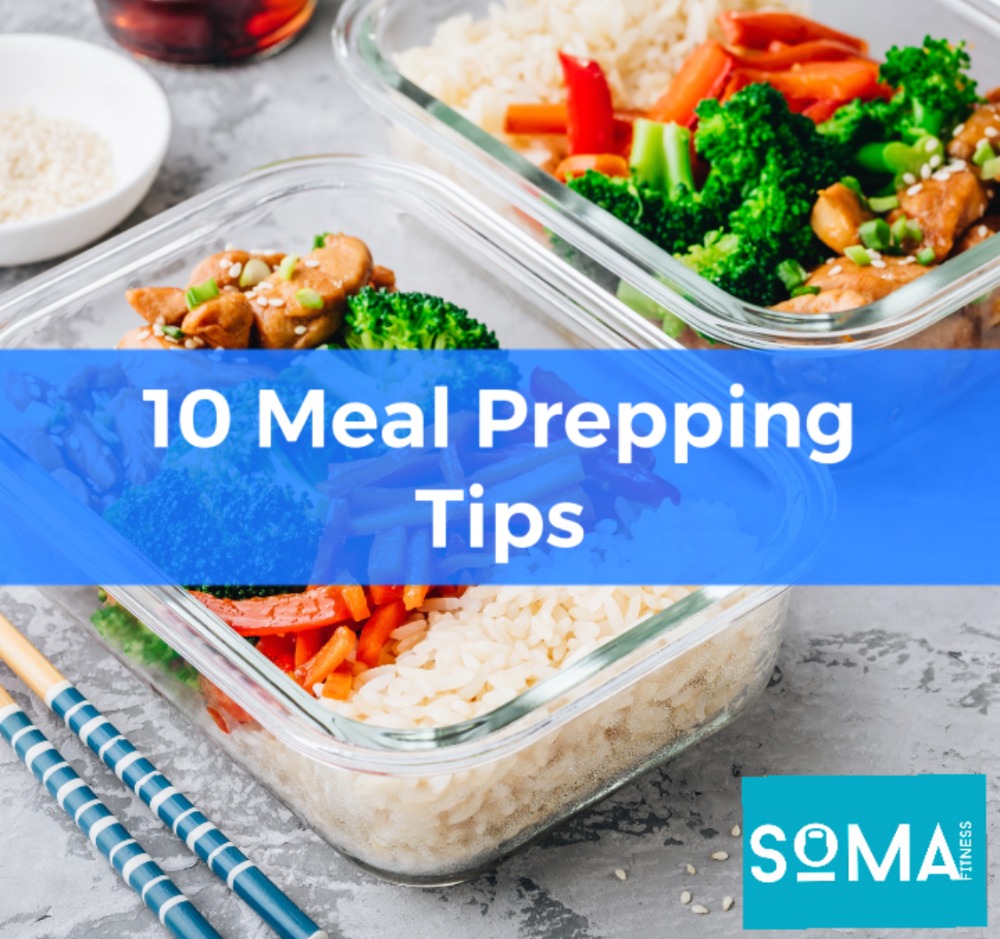Personal Training vs Group Training: Which is Better for Your Goals?

Personal training and group training has become increasingly popular in recent years. Unlike group training and classes, quality personal training offers a level of customisation and individual attention that simply cannot be matched when training within a group. If you’re looking for the best results, private personal training is the way to go.
One of the key advantages of personal training is the level of customisation that it offers. Your personal trainer will work with you to create a fitness plan that is tailored to your individual needs and goals. They will take into account factors such as your current fitness level, any injuries or health conditions, and your overall lifestyle. This level of customisation means that you are more likely to see results faster, and that your progress will be more sustainable in the long term.
Another major advantage of personal training is the individual attention that you receive. With personal training, you have your trainer’s undivided attention, which means that they can monitor your form and technique and provide real-time feedback to help you improve. This is particularly important if you are looking to get the most out of each training session and also prevent injury. Your trainer can help you to avoid common mistakes that can lead to injury.
At a private personal training gym like ours here at Soma Fitness, you can expect the highest quality service and detailed coaching. Our trainers are highly qualified and experienced, and they are dedicated to helping our clients achieve their fitness, health and body composition goals. We understand that everyone is different, which is why we take a personalised approach to fitness, we base all of our programming on our 3 step process when onboarding a client which involves a movement assessment. We are highly committed to providing our clients with the support and guidance they need to succeed.
In contrast, group training and classes can often feel impersonal and lacking in focus. With so many people in a class, it can be difficult for the coach to provide individual attention and to monitor each participant’s form and technique. This one size fits all approach can lead to ineffective workouts, and a higher risk of injury. Additionally, group training and classes may not always be tailored to your individual needs, which can make it more challenging to see results.
In conclusion, if you’re serious about reaching your goals, personal training is the way to go. With a personalised approach, individual attention, and high-quality coaching, you can expect to see real results, faster. If you’re ready to get started on your fitness journey, contact us at Soma today and we can get you booked in for a consultation!






Recent Comments